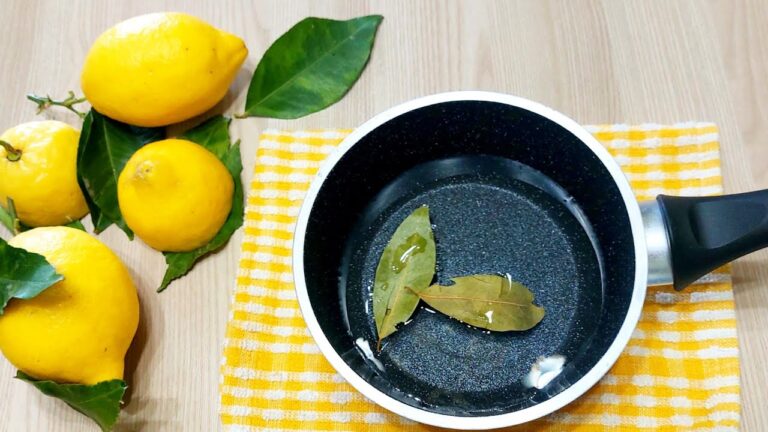Onion and garlic peels often end up in the trash, but did you know they’re loaded with benefits? These skins are packed with nutrients and can serve a variety of purposes, from health benefits to household uses. Here’s why you should think twice before discarding them:
1. Rich in Antioxidants
Both onion and garlic peels contain a high concentration of antioxidants. These natural compounds help protect your body from damage caused by free radicals. Adding onion and garlic skins to soups and broths can help release these antioxidants, giving your meal an extra boost of health.
2. Supports Immune Health
Garlic and onion skins are packed with vitamins A, C, and E, as well as other immune-boosting compounds. Consuming a broth made with these peels can be an easy way to support your immune system, especially during cold seasons. Simply simmer the skins in water, strain, and enjoy the immune-boosting benefits.
3. Promotes Heart Health
Garlic peel contains compounds that may support heart health by lowering blood pressure and cholesterol levels. Onion skins are rich in quercetin, a natural compound known to help reduce blood pressure. Add a few peels to your stews or soups, allowing them to simmer and release these beneficial compounds into the dish.
4. Aids Digestion
Garlic and onion skins contain fiber, which can aid digestion and promote a healthy gut. Simmering the peels in hot water and drinking the broth may help ease indigestion and bloating. Fiber is also known to support good gut bacteria, keeping your digestive system happy.
5. Natural Skin Remedy
The antioxidant properties in onion skin can benefit the skin when used externally. Try making an infusion with onion skins, let it cool, and use it as a facial rinse. This can help soothe irritated skin and reduce redness.
6. Great for Garden Fertilizer
If you’re not using them in your cooking, onion and garlic peels are fantastic additions to your garden. Simply dry the peels, crush them, and sprinkle around your plants. They add nutrients to the soil and can help keep pests away.
How to Use Onion and Garlic Peels To enjoy these benefits, add a few onion and garlic skins to soups, stews, or even teas. Let them simmer for about 10-15 minutes, then strain. You can also dry them and store them for later use.
So, don’t throw those onion and garlic peels away! These simple skins can make a big difference in both your health and home.








